#louis xii
Photo

La Mode illustrée, no. 6, 5 février 1899, Paris. No. 4. — Costume Louis XII pour jeune fille de 15 à 16 ans. Ville de Paris / Bibliothèque Forney
No. 4. — Costume Louis XII pour jeune fille de 15 à 16 ans. — Corsage en brocard blanc et or avec encadrements de bengaline blanche et rangs de perles blanches; grandes manches très amples, en bengaline blanche, bordées d'une bande de brocard blanc et de perles.
Jupe en bengaline blanche garnie de deux rangs de brocard blanc et or, rangs de perles.
Dans les cheveux rangs de perles.
—
No. 4. — Louis XII costume for a young girl aged 15 to 16. — Bodice in white and gold brocade with frames of white bengaline and rows of white pearls; large, very ample sleeves, in white bengaline, edged with a band of white brocade and pearls.
White bengaline skirt trimmed with two rows of white and gold brocade, rows of pearls.
Rows of pearls in the hair.
#La Mode illustrée#19th century#1800s#1890s#1899#perioidical#fashion#fashion plate#retouch#description#Forney#dress#costume#masquerade#louis xii#brocade#bengaline
256 notes
·
View notes
Text
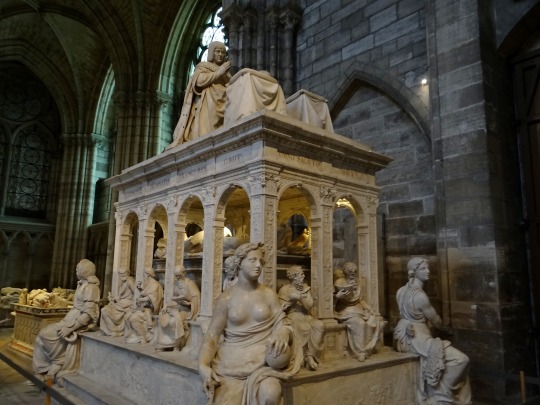
My favorite tomb at St. Denis (suburbs of Paris) belongs to Louis XII (1462-1515) and his wife, Anne de Bretagne (1477-1514) (Anne of Brittany). Not only was he the King of France from 1498-1515, but also the King of Naples from 1501-1504. (Naples, Italy, was passed around a lot.) Louis XII died without a male heir after three marriages, although he did have two surviving daughters. The first one was to a sterile relative (forced to by his cousin, King Charles VII). The second to Anne of Brittany, widow of Charles VII. The third to Mary Tudor, the sister of Henry VIII of England. He died only three months after that last marriage.
#louis xii#tomb#tombs#sarcophagus#church#church architecture#sculpture#taphophilia#taphophile#paris#france#st. denis#original photography#photography#photographers on tumblr#lensblr#wanderingjana
14 notes
·
View notes
Photo


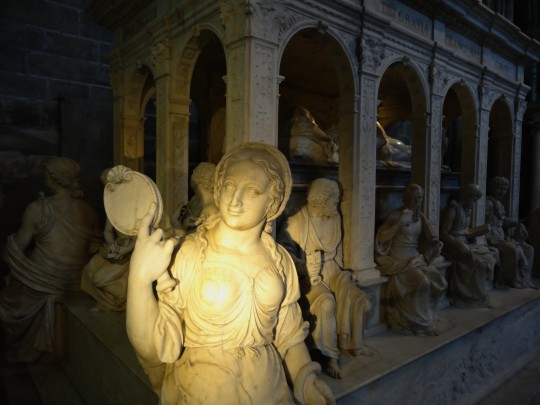
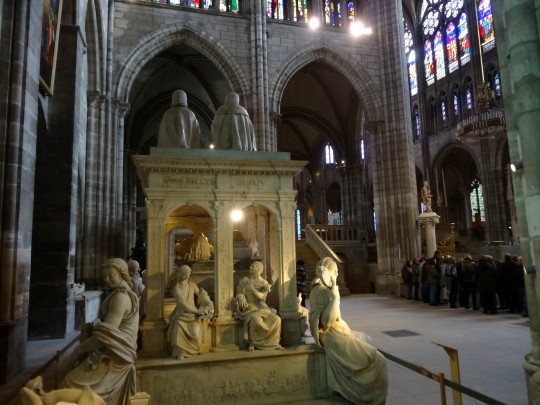
Je reviens à mon projet de présenter la plupart de mes 55000 photos (nouveau compte approximatif. On se rapproche du présent !).
2016. Une journée à Paris....et ici, un crochet à Saint-Denis pour visiter la Basilique, qui est aussi la nécropole royale.
Ici le tombeau de Louis XIII et Anne de Bretagne
CORRECTION !!!! Merci à ceux ou celles qui ont reblogué cette photo en précisant dans leurs tags qu’il s’agissait de Louis XII, PAS Louis XIII.
Evidemment.
Je le savais.
Hem....!
#souvenirs#paris#saint-denis#basilique de saint-denis#art gothique#renaissance#nécropole#nécropole royale#rois de france#tombeau#anne de bretagne#louis XII
44 notes
·
View notes
Photo

#the spanish princess#thespanishprincessedit#perioddramaedit#sai bennett#christopher craig#mary tudor#mary tudor queen of france#Mary Tudor; Queen of France#mary rose tudor#louis xii#my edits#caps#tspcaps
20 notes
·
View notes
Text

Mausoleum of Louis XII and Anne of Brittany, Basilica of Saint Denis, Paris, FRANCE
#mausoleum#mausolée#mausoleo#louis xii#anne brittany#saint denis#san denis#basilica#paris france#paris francia#europe#europa
31 notes
·
View notes
Text
Anne de Beaujeu
Anne de Beaujeu (Anne de France, 1461-1522)
Unofficial regent of France and duchess of Bourbon

Anne de Beaujeu provides an example of female political authority in a country where the Salic Law prevented women from assuming the crown. She also illustrates the tension between an increasingly centralized monarchy on the one hand and feudal independence on the other, having supported both causes at different times in her life. Probably born in 1461, Anne de Beaujeu was the oldest of the surviving children of Louis XI, king of France, and the one said to resemble him most intellectually and temperamentally. When this king died in 1483 leaving a thirteen-year-old Charles VIII on the throne, Anne and her husband, Pierre de Beaujeu, as his guardians, assumed control. In so doing, they resisted Louis d'Orléans, the next in line to the throne, who wished to be named regent. Louis and his supporters sought help from the estates-general who met in 1484 but who ultimately supported Anne's cause. Referred to as Madame la Grande (Grand Madam), Anne was recognized by the court and by foreign emissaries as the person actually ruling France during the early years of Charles's reign.
In 1488 she and Charles VIII squelched a noble uprising, the Guerre Folle (the Foolish War) led by Louis d'Orléans and Francis II duke of Brittany. Charles then married the new duchess of Brittany, Anne, to ensure the duchy's loyalty to France. Meanwhile Pierre de Beaujeu's two older brothers had died, leaving Pierre with the Bourbon inheritance. Anne and her husband were now the richest and most powerful nobles in France. In 1491, after the loss of one infant and fifteen years of childlessness, Anne gave birth to a daughter, Suzanne. As Charles VIII grew increasingly independent of his older sister, Anne redirected her attention to her own lands and feudal duties, though she remained his advisor while retaining her ties to the court. When Charles died suddenly in 1498 leaving no heirs, Louis d'Orléans became king of France. Neither his previous attacks on the crown nor his well-known personal vices inspired confidence in his subjects, so the support of Anne de Beaujeu and her husband were instrumental in a smooth accession to the throne. Anne agreed to overlook their antagonistic past and did not hinder the annulment Louis immediately requested from her physically disabled sister, Jeanne. In exchange, Louis XII waived the royal rights to the Bourbon inheritance in the case that Anne and Pierre did not have a male heir. Once all this had been established, the Bourbon's relationship with Louis XII and his new queen, Charles's widow Anne de Bretagne, became quite cordial. Anne de Beaujeu no longer held any direct influence, however, over the governance of the French state.
In 1504 or 1505, after the death of her husband and before she arranged a marriage for her daughter, Anne wrote Suzanne a book of lessons, Les Enseignements d'Anne de France, duchesse de Bourbonnois et d'Auvergne, à sa fille Susanne de Bourbon, modeled on the book that Louis IX had written for his daughter, the one her own father had written for Charles, and the writings of Christine de Pizan. Anne's version contains conventional advice on the appropriate behavior for noblewomen. During her unofficial regency, Anne had overseen the education of many young noblewomen at court, including Louise de Savoie, Marguerite d'Autriche, and Diane de Poitiers. The humble feminine figure that emerges from the Enseignements, however, seems at odds with their independent author. More easily recognizable are the anxieties about life as an older widow distant from court. The Enseignements ends with a tale about a noblewoman who bravely sacrifices her only child for the honor of her family and the interests of the king. Suzanne was, in fact, married shortly thereafter to a cousin to protect the integrity of the Bourbon inheritance.
In contrast to the moral of her tale, however, the interests of a noble family and those of the crown did not always overlap. Before she died, Anne witnessed the opposition of two adults whom she had raised from childhood: her son-in-law, the connétable de Bourbon, and Louise de Savoie, mother of Francis I, successor to Louis XII. Louise and her son, suspicious of the wealth and power of the connétable, the Bourbon heir, challenged his inheritance. After losing the domain that Anne had so carefully built up and defended during her lifetime, the connétable, perhaps with Anne's bitter approval, responded by betraying the French king Francis I- the other cause that Anne had defended so staunchly during her brother's reign. Anne died in 1522, before this ultimate betrayal.
Emily Thompson in Encyclopedia of Women in the Renaissance.
#xv#xvi#anne de france#anne de beaujeu#regents#duchesse de bourbon#louis xi#charles viii#pierre de beaujeu#louis xii#françois ii de bretagne#anne de bretagne#la guerre folle#suzanne de bourbon#sainte jeanne de france#louise de savoie#marguerite d'autriche#diane de poitiers#charles iii de bourbon#le connétable de bourbon#françois i#proof that anne approved of this ? i didn't find anything#the connétable's betrayal is a complex story#one can point fingers at françois i and louise de savoie too#emily thompson#encyclopedia of women in the renaissance
17 notes
·
View notes
Text
Highlights from the divorce trial of Louis XII
In 1498, King of France Louis XII launched a trial against his wife so he could divorce her, and secure a much more valuable marriage with Anne, duchess of Brittany. Divorce trials for Kings were settled by the Papacy, and, thankfully for Louis, he had just allied himself with the current Pope, Alexander VI Borgia...
Some highlights:
- 27 witnesses testified for the King, and only 3 - selected by the King himself - for his wife Jeanne.
- The King's prosecutor tried to prove Louis and Jeanne's union was incestuous, because Jeanne's father was Louis' godfather, making Louis and Jeanne spiritual siblings.
- The King's men tried to convince the judges that Jeanne's father, Louis XI, forces Louis to marry his daughter, rendering the marriage illegal. To prove this point, a witness testified that the tyrannical Louis XI terrified "not only the men of his kingdom, but also the trees" (??)
- To further emphasize that this marriage was forced upon Louis, the prosecutor insisted on Jeanne's ugliness. He explained that when Louis' mother met Jeanne for the first time, she was so taken aback that she fainted on the spot.
- Unfortunately for Louis, canonical law didn't recognize ugliness as a valid cause for divorce (only as a valid reason to break off a betrothal)
- Witnesses claimed Louis XI had hated Louis since he was a baby, because when baby Louis was being baptized, he pissed on the King's hand, which the superstitious Louis XI interpreted as a sign of a inherent rebellious nature
Louis XII DID manage to divorce his wife. Something French Kings had often tried to do, rarely with success. Not a great win for fair and ethical trials though...
2 notes
·
View notes
Text

King Louis XIII.
#royaume de france#louis xii#roi de france#roi de france et de navarre#vive le roi#maison de bourbon#juliette benzoni#full length portrait#louis xiii le juste#full-length portrait
10 notes
·
View notes
Text
The Remarkable Journal of Louise de Savoie ~ A guest post by Keira Morgan
The Remarkable Journal of Louise de Savoie ~ A guest post by Keira Morgan
Bemberg fondation Toulouse – Portrait de Louise de Savoie, mère de François Ier – École De Jean Clouet (1475;1485-1540) 22×17 Inv.1013
Keira is the writer of historical fiction based on the lives of French Renaissance Women. Volume 2 of her Chronicles of Valois series, “The Importance of Sons” has just been released. You can find her work at https://keiramorgan.com
The Journal of Louise de…

View On WordPress
#Anne of Brittany#early modern history#François I#French history#Holy Roman Emperor Charles V#King of France#Louis XII#Louise of Savoy#Queen of France#Renaissance
5 notes
·
View notes
Text
Recherches dans les archives italiennes;
Louis XII et Ludovic Sforza (8 avril 1498-23 juillet 1500)
Description
Tools
Cite thisExport citation fileMain AuthorPélissier, Léon-G.Language(s)French PublishedParis, A. Fontemoing, 1896-97.
SubjectsLudovico Sforza, > Ludovico Sforza, / Duke of Milan, > Ludovico Sforza, / Duke of Milan, / 1452-1508
Louis > Louis / XII, > Louis / XII, / King of France, > Louis / XII, / King of France, / 1462-1515
Italy > Italy / History > Italy / History / 1492-1559.
Milan (Italy) > Milan (Italy) / History.
Physical Description2 v. 23 cm.
1 note
·
View note
Text
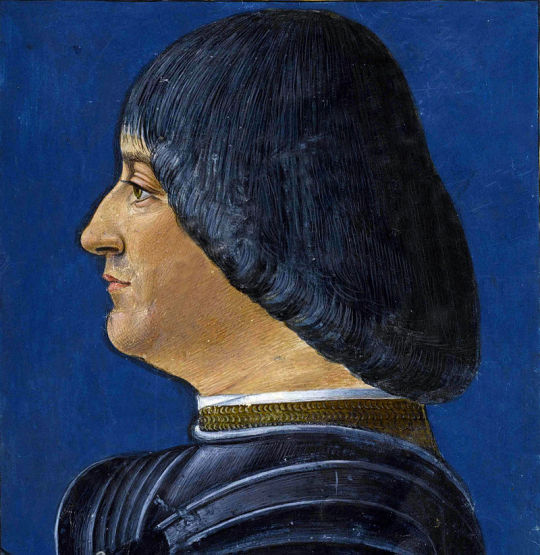
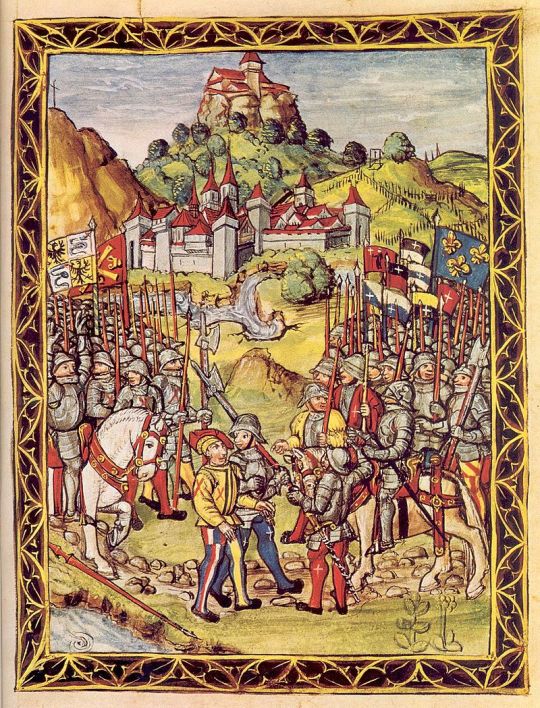
Apr.10.1500 –ノヴァーラの戦い。ルドヴィーコ・スフォルツァはスイス軍に捕らえられ、フランスに引き渡された。
1 note
·
View note
Text
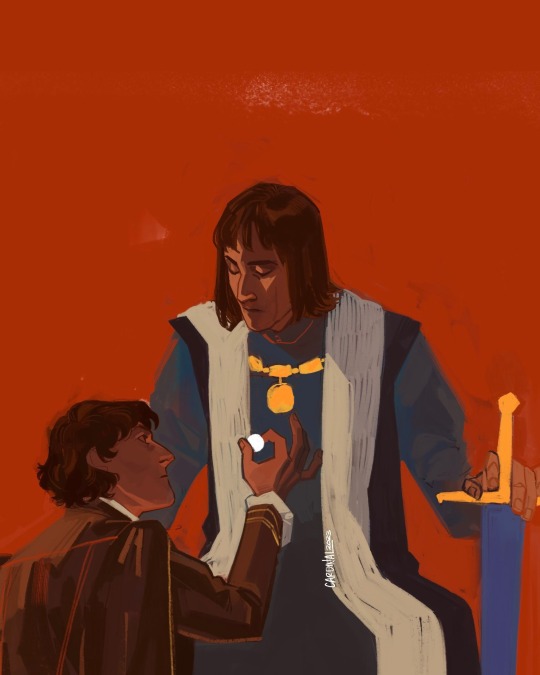
ascanio and louis xii
so

Milan Undone, Contested Sovereignties in the Italian Wars, John Gagné
extremely bold of louis xii to assume that ascanio, who has a reputation for conspiracy, wouldn't turn around and say 'fuck you,' after all of that™
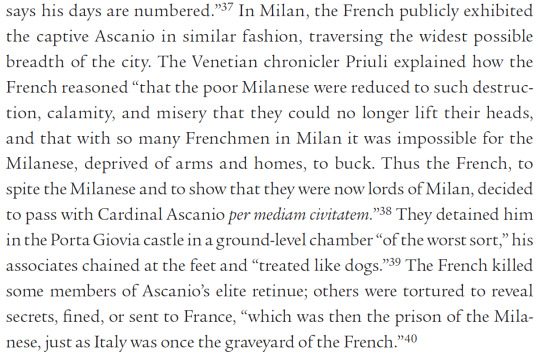
(Ibid.)
it IS funny how men in power keep thinking they can put him on a leash like, pal. the odds are NOT in your favor
#ludovico couldn't keep his brother on a leash what makes you think YOU can#(guiliano della rovere is excluded from this club bc he actually succeeded on that front but i dont respect him)#anyway you guys ever think about how ascanio just wanted to be in milan but the milan that was your home doesnt exist anymore#like you're never gonna be able to go back. and ludovico at one point made arrangements for ascanio's body#to be brought back to milan back when everyone thought he was going to die. but he's going to die in rome and he's staying there#augh. AUGH#actually the shift in the relationship between ludovico and ascanio from a general sense of unease to ludovico#wanting ascanio buried with his wife (and the scale of grief that ludovico had at the death of beatrice. oughhhh) is. oof#there's a second very Hm™ comparison here that i will bite my tongue on but it's also their parents fault for it. so.#drawing tag#italian renaissance tag#ascanio sforza#do i have a tag for louis xii. i know ive drawn him before. I HATE HIS HAIR. i might throw out referencing his historical portraits#entirely and just borrow a portrayal of him from television or something#i was not made to draw straight hair
164 notes
·
View notes
Text
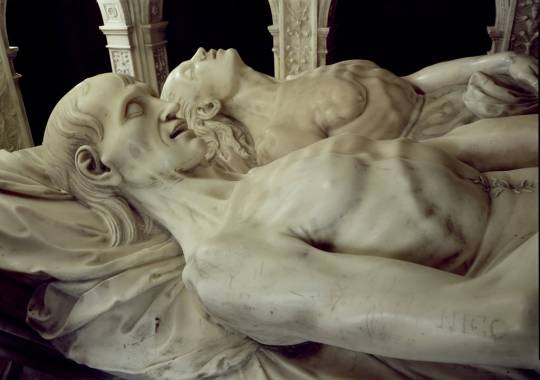
Jean I Juste - Effigies of Louis XII and Anne of Brittany, from their tomb, 1516 (marble).
8 notes
·
View notes
Photo

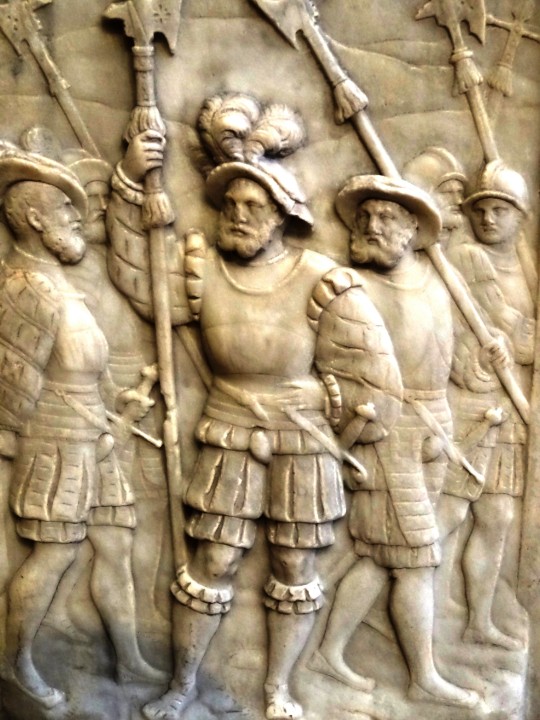



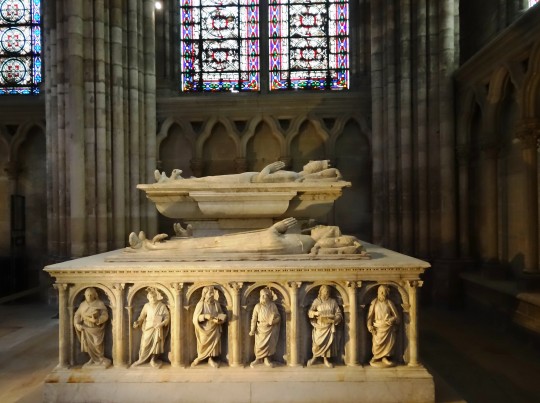

Je reviens à mon projet de présenter la plupart de mes 55000 photos (nouveau compte approximatif. On se rapproche du présent !).
2016. Une journée à Paris....et ici, un crochet à Saint-Denis pour visiter la Basilique, qui est aussi la nécropole royale.
- A part les 2 dernières : le tombeau de François 1er et de Claude de France
- l’avant-dernière : les gisants de Charles V et de Louis XII
- ?
#souvenirs#paris#saint-denis#nécropole#nécropole royale#rois de france#roi#françois 1er#claude de france#reine claude#charles V#louis XII#barbe
4 notes
·
View notes
Text

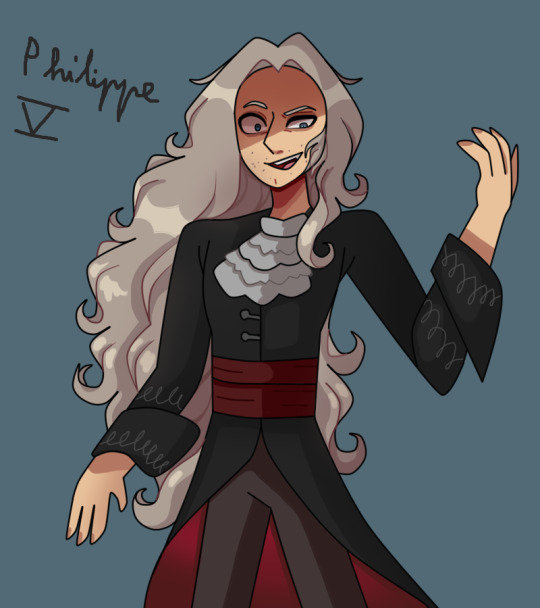

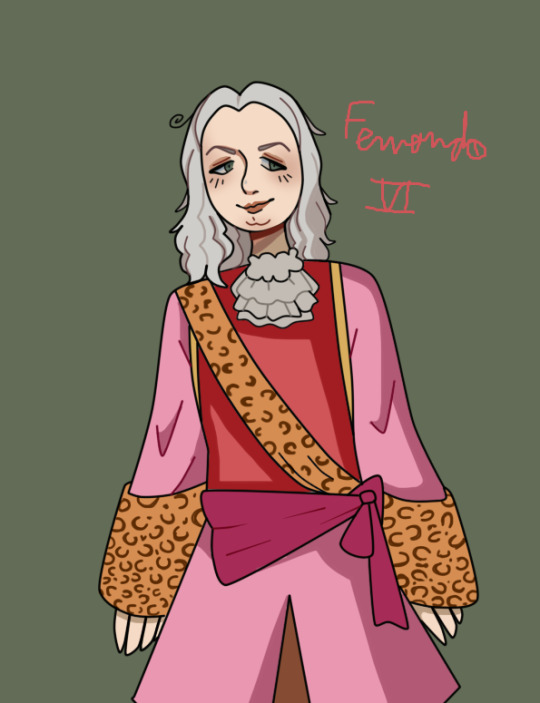




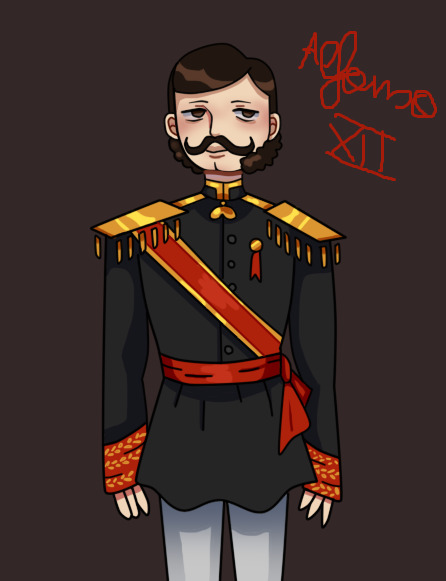
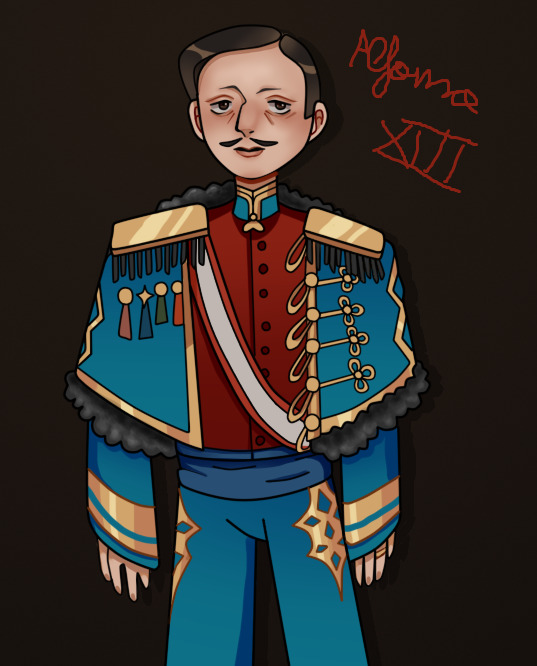
last part
#bourbons#felipev#felipe v#louis i#louis of spain#isabel ii#alfonso xii#alfonso xiii#spain#carlos iii#carlos iv#fernando vi#fernando vii
14 notes
·
View notes
Text
Historical figures should try being named something other than Louis. Especially the french ones. It's very rude of them to confuse us by all having the same name like that
#king louis I#king louis II#king louis III#king louis IV#king louis V#king louis VI#king louis VII#king louis VIII#king louis IX#king louis x#king louis xi#king louis xii#king louis xiii#king louis xiv#king louis xv#king louis xvi#king louis xvii#king louis xviii#louis philippe#louis philippe ii#louis napoleon#louis kosuff#all the gooddamn louis tagged for demonstrative purposes#there are more though
9 notes
·
View notes